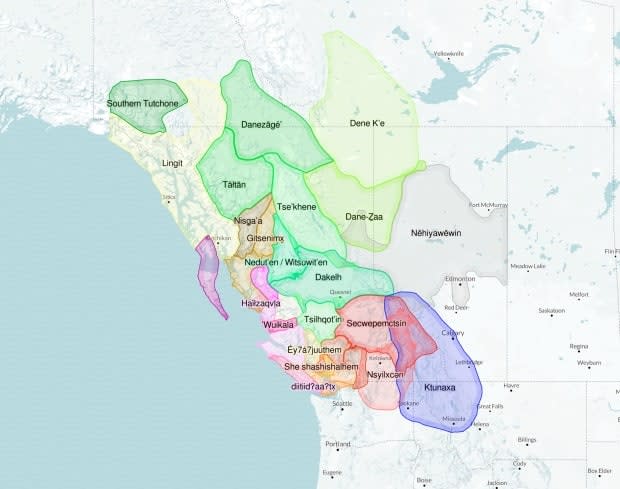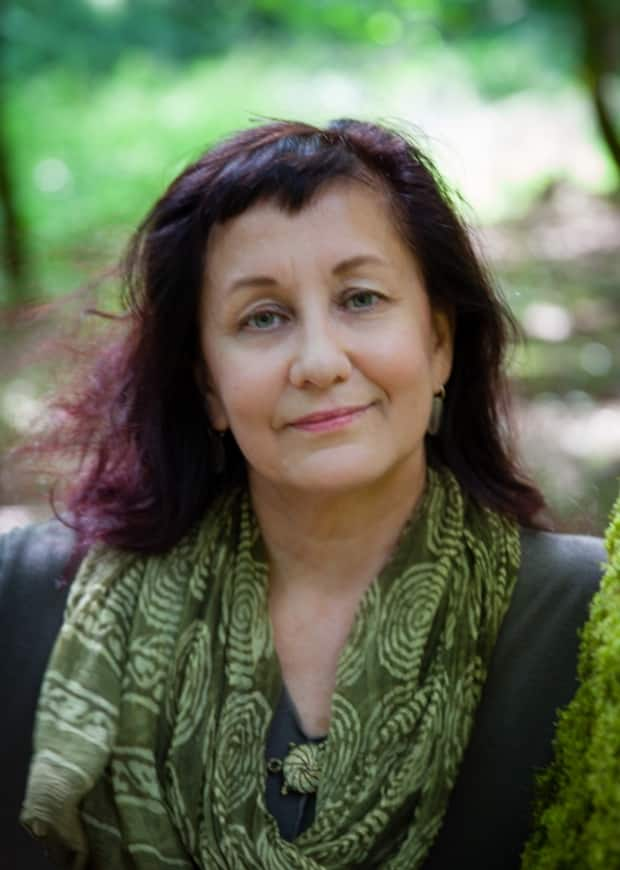New interactive map shares Indigenous arts, language and culture throughout B.C.

Familiarizing yourself with the Indigenous culture in B.C. just became a little easier, thanks to a new map created by the First Peoples' Cultural Council.
The online, interactive map divides the province up into Indigenous territories, including some areas where there is overlap, with sections featuring language, art and culture.
"No other map weaves together Indigenous languages, arts and cultural heritage information in one space," said Cathi Charles Wherry, special advisor to the council.
"By doing that, it creates a shared context between our languages, arts and culture, which is very much how it's experienced in real life."
Under the language tab, the map says that B.C. is home to more than 200 First Nations communities, who speak a variety of different languages. In fact, the site says that about 50 per cent of Indigenous languages in Canada are spoken in B.C.
A list of First Nations and their languages are listed with pronunciation guides and simple greetings.
Artists who work in all mediums are featured under the arts section of the map, along with public art, art-related organizations and events.
Under the heritage section, Indigenous points of interest are listed. When you click on a location, the map zooms in for viewers to easily see what else is nearby.
B.C. First Nations and cultural experts told the council that they wanted an online platform where they could share information about language, culture, and the work that communities are doing to revive and preserve their heritage.
They worked with Indigenous artists, cultural heritage experts and language champions to create the First Peoples' Map.
"One of the most exciting aspects of the map is that the content is created by Indigenous people about Indigenous people," Charles Wherry said.
"So we're not just the subjects, we're the creators of the content. So this is very unique. It's not an outside entity looking in at us. It's from within the communities. And this is a great opportunity for people to really hear directly from communities the things that they want to share."

Charles Wherry hopes non-Indigenous British Columbians will use the map to learn more about the land on which they live.
"Especially right now, there is an increased interest in learning more about Indigenous people and educating oneself and learning and appreciating more," Charles Wherry said.
In particular, she recommends the map for educators, emergency response workers and any non-Indigenous person who goes into First Nations communities for work.
Charles Wherry said the map is constantly being updated with new projects and information, so visitors can return to the site again and again.
"It's very friendly, very easy to explore, and I think people are really going to enjoy it."
To listen to Cathi Charles Wherry's interview on CBC's All Points West, click here:

 Yahoo Movies
Yahoo Movies 